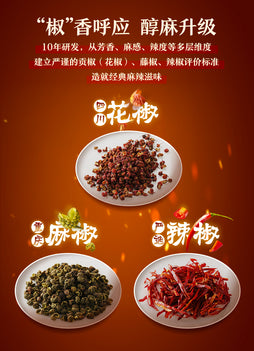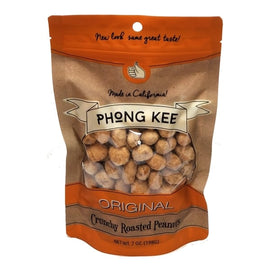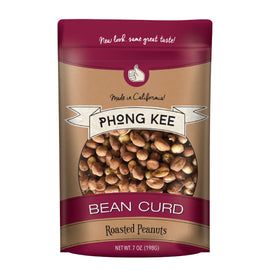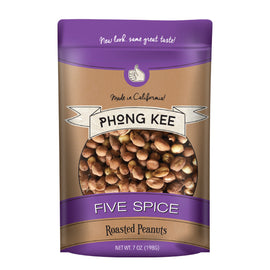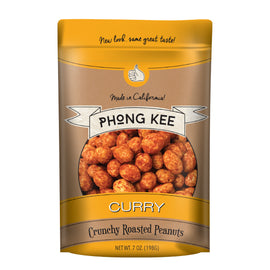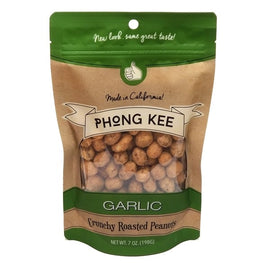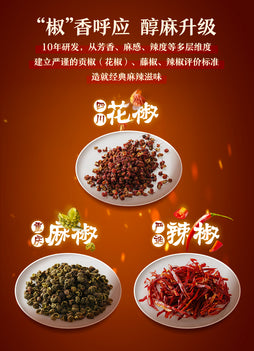Product successfully added to your shopping cart

Peanuts
How the Humble Peanut Became an American Icon
From the crack of a shell at a baseball game to the creamy swirl in a lunchbox sandwich, the peanut is woven into the very fabric of American life. It’s more than just a snack; it’s a cultural touchstone, an economic powerhouse, and a culinary chameleon. But how did this unassuming legume, which isn't even a true nut, secure such a cherished place in the American heart? The story is one of history, innovation, and pure, simple delight.
A Humble Beginning with Deep Roots
The peanut’s journey to American stardom began in South America, but it was in the fertile soil of the American South that it took root. Brought by enslaved Africans, the peanut was a familiar taste of home and a vital source of nutrition. For decades, however, it was primarily considered food for the poor and for livestock. Its fate changed forever with one man: George Washington Carver.
In the early 20th century, Carver, a brilliant botanist, saw the peanut as a solution to the South’s devastated cotton crops. He promoted crop rotation with peanuts, which restored nitrogen to the soil. But to create demand for this new abundant crop, he had to get creative. Carver famously invented over 300 uses for the peanut, from dyes and plastics to, most importantly, a vast array of food products. While he didn't invent peanut butter, his advocacy catapulted the peanut into the national spotlight, transforming it from a regional staple into an economic savior and a household name.
The Invention of an Icon: Peanut Butter
If there’s one product that defines America’s peanut obsession, it’s peanut butter. Its creation is a classic tale of American ingenuity. In the late 19th century, doctors were looking for a soft, protein-rich food for patients with poor teeth. Several innovators patented machines to paste peanuts, but it was at the 1904 St. Louis World’s Fair that peanut butter was introduced to the masses and became an instant sensation.
Why did it stick? It was affordable, non-perishable, and packed with protein. During the Great Depression, a loaf of bread and a jar of peanut butter became a lifeline for millions of families. Then came the iconic PB&J sandwich—a simple, satisfying, and portable meal that became a cornerstone of the American childhood. It’s a taste of nostalgia, comfort, and simplicity that continues to be passed down through generations.
The All-American Snack
Beyond the jar, the peanut is a star in its own right.
-
The Ballpark Staple: There are few experiences more quintessentially American than shelling and eating peanuts at a baseball game. The ritual is as old as the sport itself—the salty crunch, the shells littering the floor, the shared experience. It’s a snack that encourages leisurely consumption and conversation.
-
The Candy Aisle Favorite: From the sugary rush of Peanut M&Ms (which were created for WWII soldiers because they wouldn't melt) to the sweet-and-salty perfection of PayDay and Snickers bars, peanuts are the crunchy, hearty backbone of America’s most beloved candies.
-
The Simple Pleasure: A bowl of salted roasted peanuts at a bar, honey-roasted peanuts at a holiday party, or boiled peanuts in the South—the peanut is a versatile snack that fits any occasion.
Nutrition and Modern Appeal
As American tastes evolved, the peanut’s reputation only grew stronger. It’s a nutritional powerhouse, packed with protein, healthy fats, fiber, and essential vitamins. For health-conscious consumers, athletes, and vegetarians, peanuts and peanut butter are an accessible and delicious way to fuel up. This combination of great taste and good health has ensured its place in the modern pantry.
A Flavor Woven into Culture
The peanut’s influence extends beyond the plate. It’s embedded in our language and pop culture. Who can forget the animated antics of Mr. Peanut, the dapper mascot of Planters, or the constant search for "George!" in the classic cartoon Peanuts? The phrase "working for peanuts" is part of our vernacular, signifying something of small value—a testament to its once-humble status.
In a Nutshell
So, why do Americans love peanuts? It’s a perfect storm of history, necessity, and flavor. It’s the story of George Washington Carver’s vision, the ingenuity of peanut butter, the nostalgia of a PB&J, and the shared joy of a bag of peanuts at the ballpark. It’s a food that has nourished the nation through war and economic hardship, adapted to our changing health trends, and consistently delivered simple, satisfying pleasure. The peanut isn’t just a snack; it’s a small, crunchy piece of the American story.

